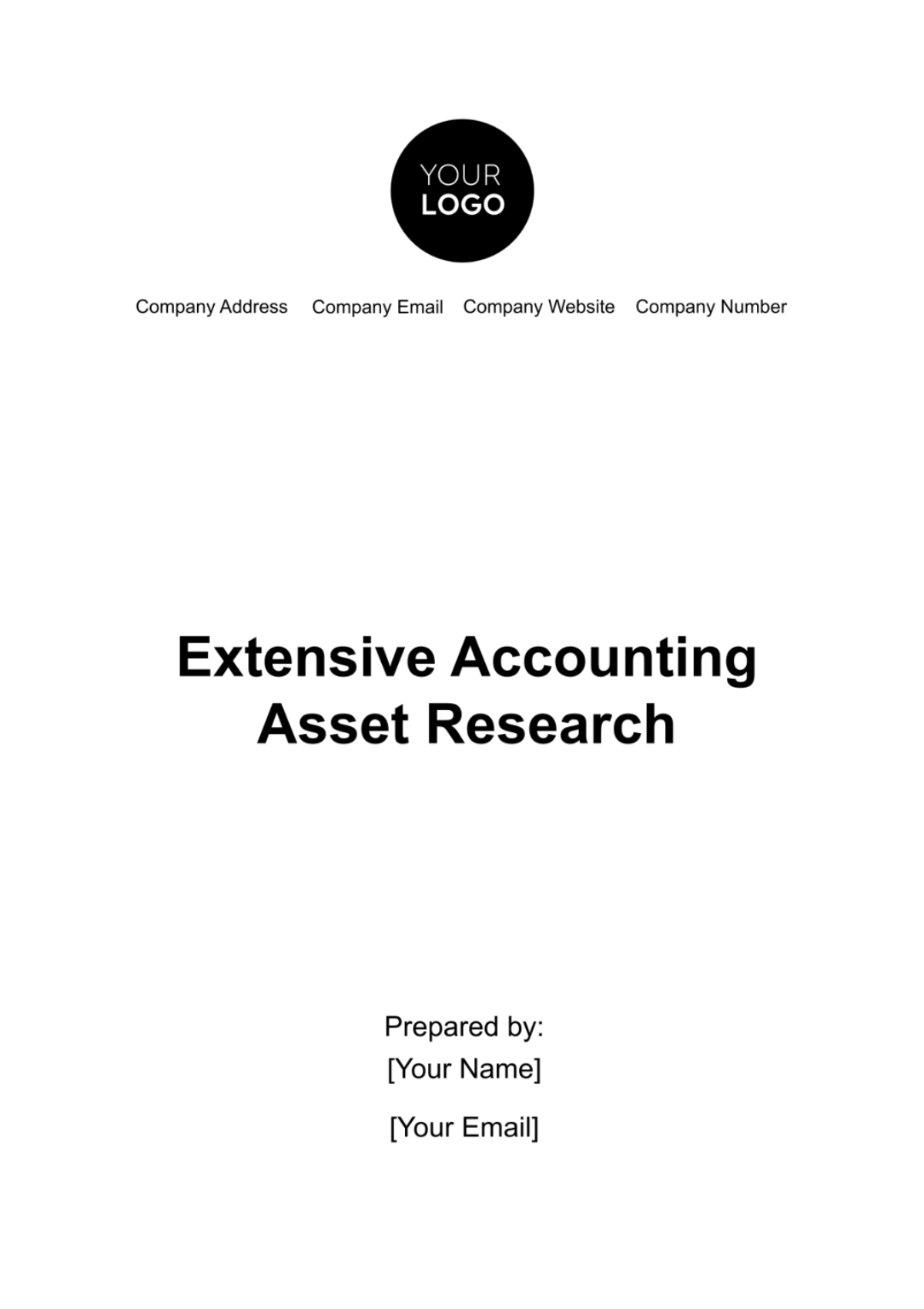Free Extensive Accounting Asset Research
Dive into detailed asset research with our Extensive Accounting Asset Research Template, a customizable tool on Template.net! This editable template allows seamless customization using the AI Editor Tool! Tailor the research to your accounting needs, providing in-depth insights into your asset landscape. Guarantee extensive research capabilities and tailored reporting today!






























